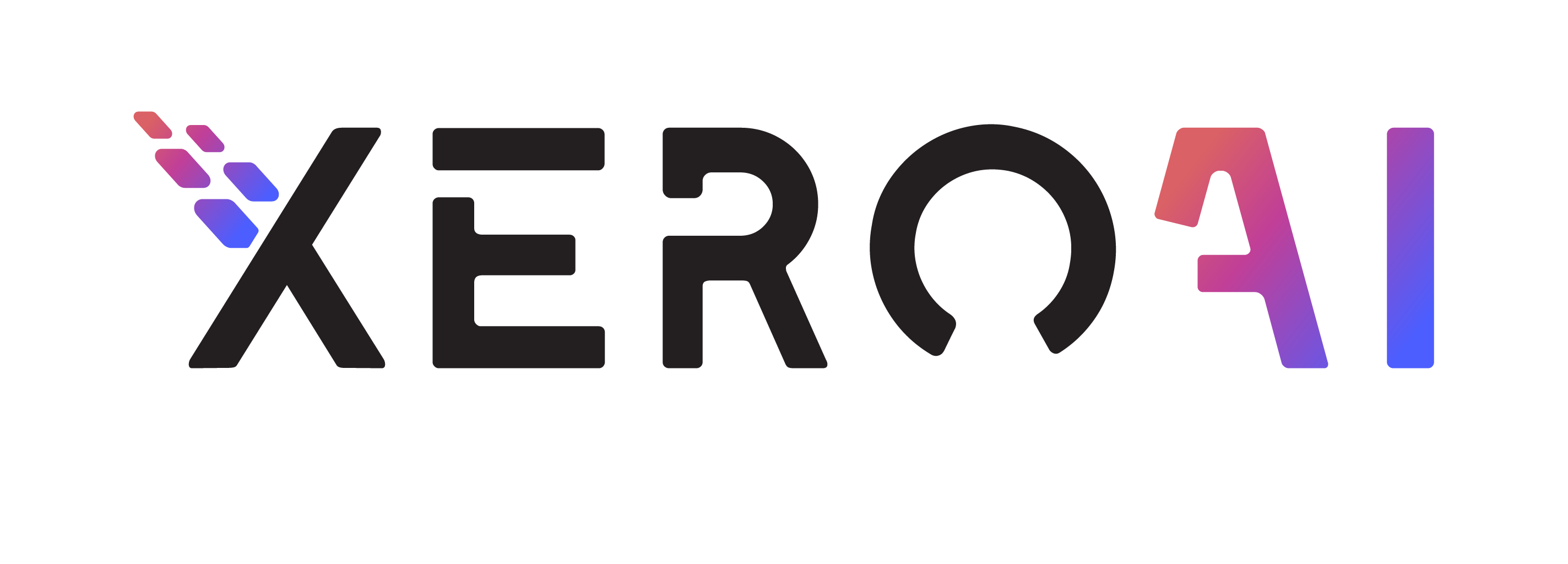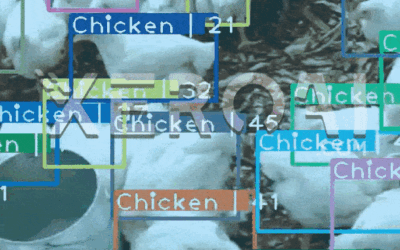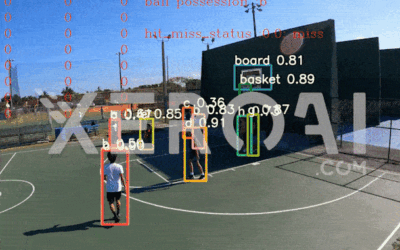1. What is Agriculture Technology?
Farming and field management practices have seen a dramatic transition in the last several decades. The adoption of contemporary and advanced agricultural technology has played a vital influence in recent crop management and enhanced harvests. These technical advancements have contributed to the farming industry’s prosperity. Farmers have acquired access to equipment and procedures that have revolutionized their practices by embracing agricultural technology.
Agricultural technology, known as AagriTtech, refers to a wide range of techniques, disciplines, and systems used to increase agricultural output. The use of contemporary and sophisticated technology in agriculture has played a vital influence in recent accomplishments in crop management and harvesting accomplishments. These technical advancements have contributed to the farming industry’s prosperity. Vehicles, robots, computers, satellites, drones, mobile devices, and software are examples of such technology.
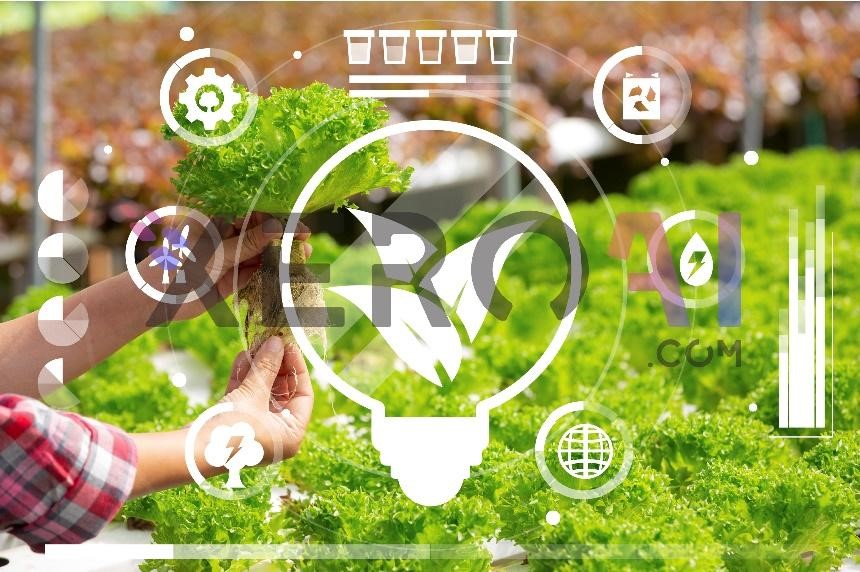
Figure 1 :Agriculture Technology
2. Significance of Agriculture Technology
The major goal of agriculture Technology is to improve efficiency and ease in agricultural field activities through the use of recent technologies. It aims to transform many sectors of agriculture by bringing new solutions that streamline operations, boost production, and enhance resource utilization. agriculture Technology comprises a wide range of technologies aimed at altering conventional agricultural practices, from automated machinery and precision farming techniques to data-driven decision-making and advanced monitoring systems.
Farmers may collect data on soil moisture, nutrient levels, and plant health by using techniques like precision agriculture and sensor-based systems. This data is then analyzed to generate precise field maps that highlight differences in soil conditions and crop requirements. Farmers may use variable rate application techniques with this knowledge to ensure that inputs are given precisely where and when they are needed. Farmers can enhance water usage by applying irrigation only to regions experiencing water stress, preventing over-irrigation and water waste, by implementing sophisticated agriculture technology. Similarly, fertilizers and insecticides may be sprayed precisely, focusing on specific regions with nutritional deficits or pest infestations.
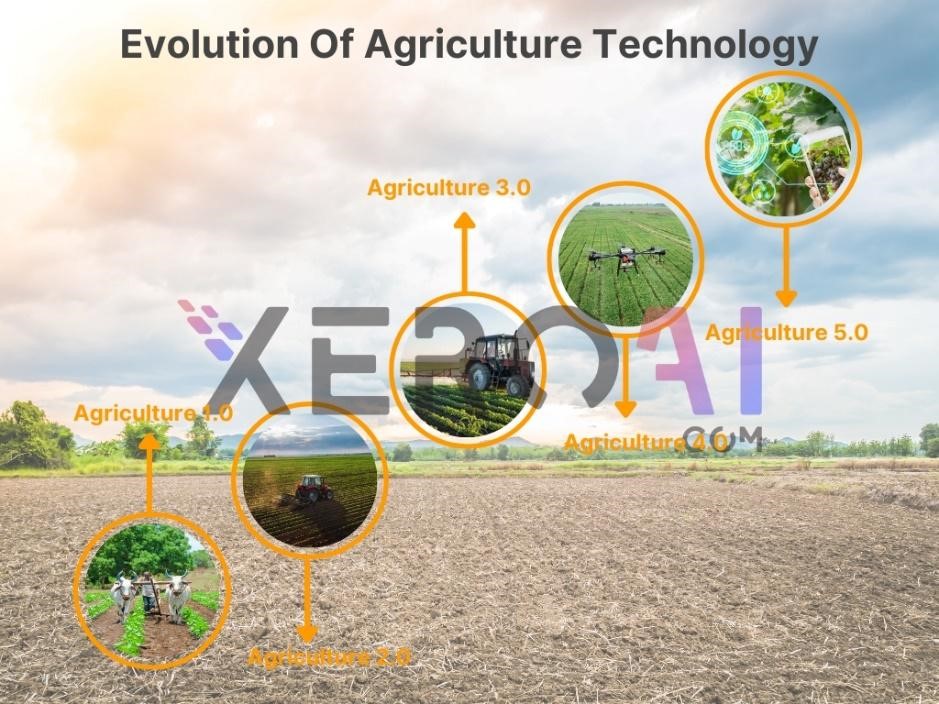
Figure 2 : Evaluation of Agriculture Technology
3. Wheat Crop Density Estimation and Monitoring
Wheat, a widely cultivated grain crop, has been planted extensively across the world. The wheat head, also known as the wheat spike, is an important source of nourishment for humans. From the heading stage to maturity, the general development and condition of the wheat head have a considerable influence on the amount and quality of the wheat crop. The quantity of wheat yield per unit area of land is an important agronomic component that has a significant impact on wheat output. Real-time evaluation can help with wheat counting per wheat head, monitoring wheat growth, developing effective management methods, and offering early estimation and prediction of wheat production. Farmers and researchers can measure crop yield and make sound decisions about cultivation practices and resource allocation by precisely evaluating the number of wheat heads in a given region. This information enables better crop development and production management tactics, such as changing fertilizer application, irrigation, and insect control procedures.
Wheat crop monitoring through Deep Learning models can include various aspects to enhance crop management and optimize yields. Here are some key components that can be integrated into a comprehensive wheat crop monitoring system:
3.1. Plant Counting:
Deep Learning models can be trained to accurately count wheat plants in the field. This information is crucial for estimating plant density and identifying areas with suboptimal growth.
3.2. Growth Stage Identification:
Deep Learning can help classify wheat plants into different growth stages, such as seedling, vegetative, and reproductive stages. This knowledge aids in timely management decisions.
3.3. Disease and Pest Detection:
Models can be trained to detect common wheat diseases and pest infestations by analyzing images of plant health. Early detection allows for targeted interventions to prevent crop damage.
3.4. Nutrient Deficiency Identification:
Deep Learning models can analyze plant images to identify signs of nutrient deficiencies, helping farmers adjust their fertilizer application to optimize plant health.
3.5. Weed Detection:
Detecting and classifying weeds in wheat fields can help in precision herbicide application, reducing the need for excessive herbicides and minimizing environmental impact.
3.6. Yield Estimation:
Deep Learning can be used to estimate wheat yields based on plant characteristics and growth patterns. This information aids in harvest planning and resource allocation.
3.7. Irrigation Management:
Models can analyze soil moisture levels and weather data to provide recommendations for irrigation scheduling, ensuring efficient water use.
3.8. Harvest Prediction:
Deep Learning models can predict the optimal time for wheat harvesting based on growth stage, weather conditions, and historical data, optimizing harvest logistics.
3.9. Quality Grading:
Models can assess wheat grain quality by analyzing attributes like size, shape, and uniformity, assisting in grain quality grading for market purposes.
Incorporating these components into a Deep Learning-based wheat crop monitoring system can significantly enhance the efficiency, sustainability, and productivity of wheat farming operations. It enables data-driven decision-making and precision agriculture practices that are essential for modern farming.
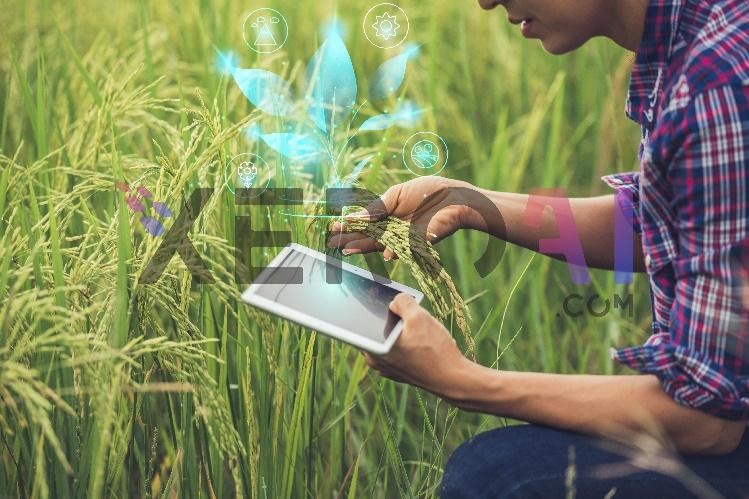
Figure 3 : Wheat Monitoring
4. Wheat Crop Density Estimation
Optimal wheat plant density is crucial for achieving high crop yields, as it relies on factors like sunlight, nutrients, and moisture. Conventional manual methods for estimating plant density are labor-intensive and error-prone, especially for large-scale wheat yield assessments. Computer Vision-based phenotypic measurements, powered by deep learning techniques, have gained popularity for efficient and accurate large-scale estimations. Challenges arise when counting plants in images captured by unmanned aerial vehicles (UAVs) due to occlusion and a high number of plants. Accurate plant counting is vital for crop management, agricultural experiments, and analyzing crop yields for food security and procurement. Recent technological advancements, particularly the use of UAVs and Computer Vision techniques, offer non-destructive and autonomous solutions for remote data acquisition in agriculture, enabling precise plant counting and other relevant information extraction from acquired images.
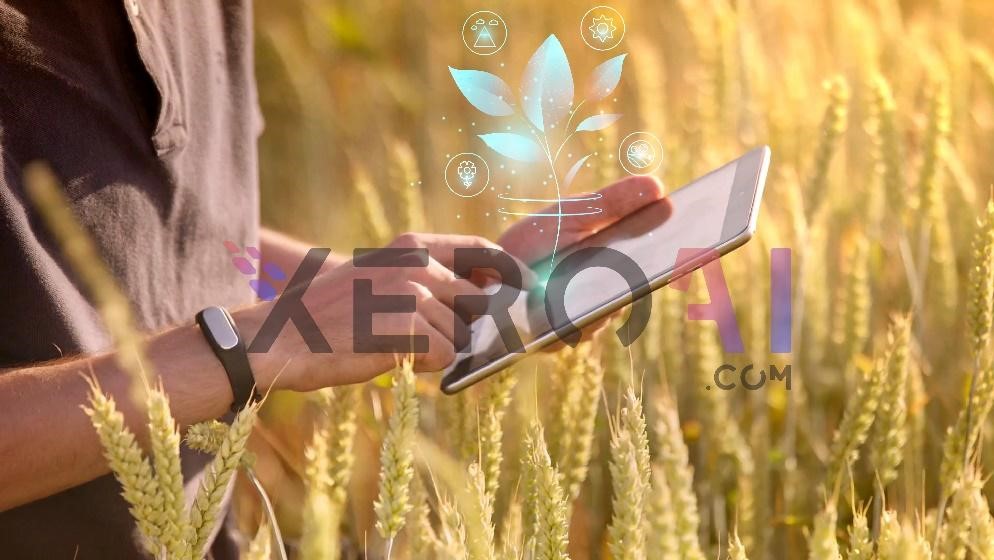
Figure 4 : Wheat Monitoring in Real-Time
High-resolution image analysis, captured through Drones, through AI and computer vision techniquesis can performance the plant counting and density estimation. Drones, satellites, and ground-based sensors are used to acquire high-resolution photographs of wheat fields. Following that, the images are analyzed using algorithms that recognize and outline individual wheat heads. The algorithm can precisely count the number of wheat heads in a given region by analyzing the features of each wheat head, such as form, size, and color. These algorithms are trained on vast datasets of wheat images, allowing them to accurately learn and recognize wheat heads. The trained models can subsequently be used to count and monitor wheat heads in real-time.
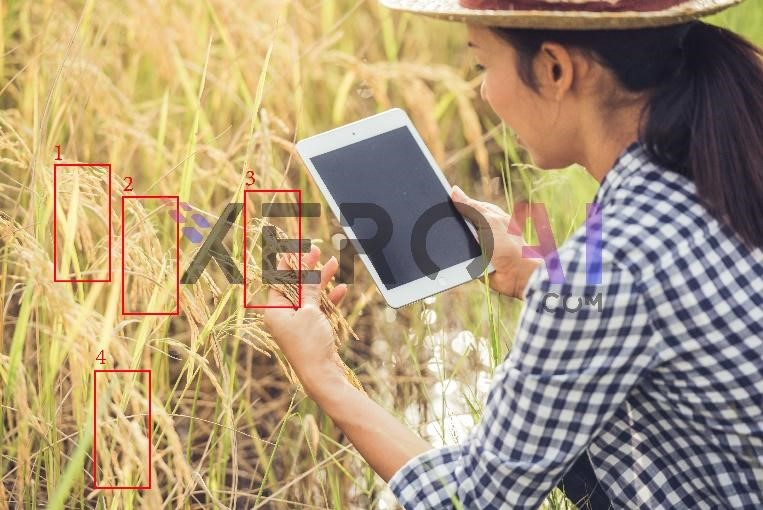
Figure 5 : Wheat Detection
5. Conclusions
The utilization of cutting-edge technology in agriculture, known as AgriTech, has brought about a significant transformation in farming practices. The incorporation of advanced tools and systems has not only enhanced crop management but has also led to improved harvests and increased prosperity in the farming industry. Agriculture technology encompasses a wide range of innovations, including robotics, computers, drones, satellites, and software, all aimed at boosting agricultural output and sustainability. Specifically, in the context of wheat crop density estimation and monitoring, the importance of technology-driven solutions cannot be overstated. The precise counting of wheat plants, identification of growth stages, early detection of diseases and pests, and optimization of resource utilization have become achievable through Deep Learning models and computer vision techniques. These advancements empower farmers and researchers to make data-driven decisions, resulting in better crop development and production management.
